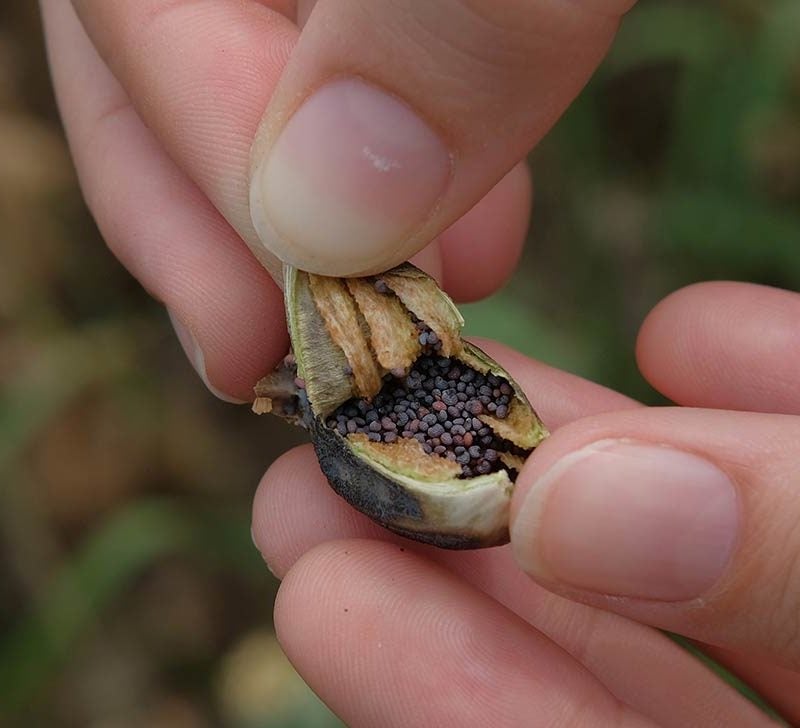

Seedlings are cold hardy and should be thinned to 4 to 6 inches apart (1.6 to 2.4 cm.). Cover seeds with a very find sift of soil, since poppy seeds require light to germinate. 1,2,7 Alkaloids, morphine and codeine content are insignificant when consumed appropriately. Also, they are a good source of essential fatty acids, linoleic and oleic acid, as well as known for their role in reducing incidence of heart disease and protecting against some cancers. Sow seeds in late fall or very early spring. Poppy seeds are a good source of carbohydrates, minerals and essential amino acids. Poppy blooms are prolific but flowering last for only about four weeks. Seed for growing should be planted the following year for best results.

On-demand 24/7 emotional and mental health support for wherever you are on your journey Navigating. Most species such as Papaver orientale (Oriental poppy) and Papaver rhoeas (Flanders Poppy, Shirley Poppy) prefer moist, well-drained, nutrient rich soil but Eschscholzia californica (California poppy) actually does best in poor soils and can be found growing as wildflowers spread across deserts and open prairies in the western United States. Poppy Seed Health 2011 followers on LinkedIn.
POPPY SEED FULL
caring for your poppy plantsĪlthough they will tolerate some shade, poppies prefer full sunlight and need at least six hours of direct light in order to thrive. Perennial poppy varieties will spread and annuals often self-seed so it’s a good idea to thin them each spring. After germination, once plants have grown a couple of inches, thin to about six inches apart. Keep soil evenly moist during germination and plants should emerge within two to three weeks. Seeds are small and some people prefer to combine them with sand when sowing to make dispersal more even. Poppy seeds need light for germination so simply disperse them on the soil surface when sowing. Poppy seeds require cold stratification in order to germinate so if you do choose to start your seeds indoors, make sure to follow our guide to cold stratification before seeding.

Note that poppies do not like their roots disturbed and tend to do poorly when transplanted so direct seeding in the garden is recommended over starting indoors. For zones 3 through 7, seed in late fall or early spring and in zones 8 through 10, sow in late fall or winter. Poppy seeds are best sown directly into the garden on bare soil in late fall or early spring, well before the last frost. Depending on hardiness zone and varietal, poppies can be annuals, perennials, or biennials and often self-seed at the end of flowering for a continuous crop year-after-year. Needless to say, poppy seeds come suited for nearly all hardiness zones (3 to 10), blooming in late spring and early summer in a range of colors from soft white and peach to deep crimson and bright orange. With over eight species available commercially, poppy seeds boast a wide variety of cultivars originating in several parts of the world including North Africa, Europe, Asia, and even the Arctic/Subarctic.


 0 kommentar(er)
0 kommentar(er)
